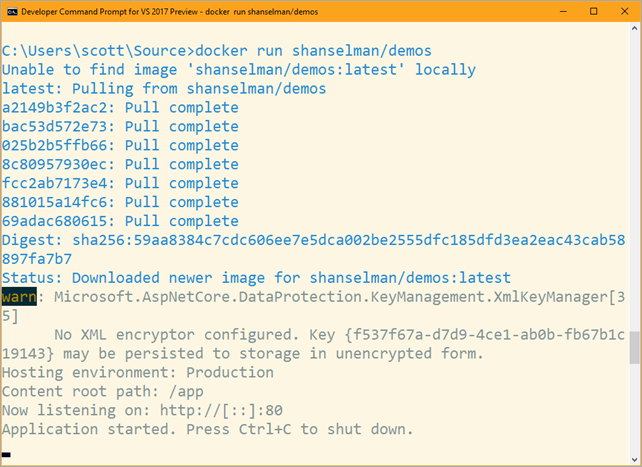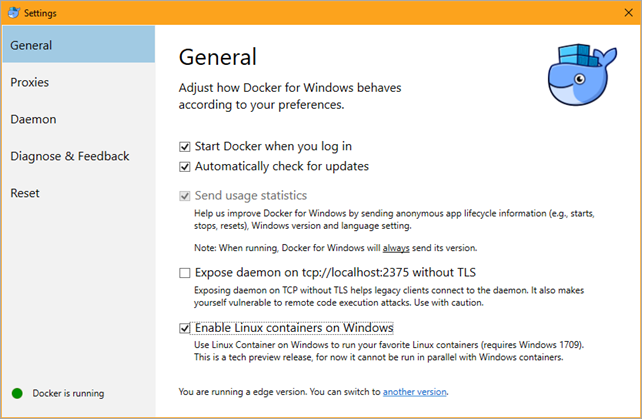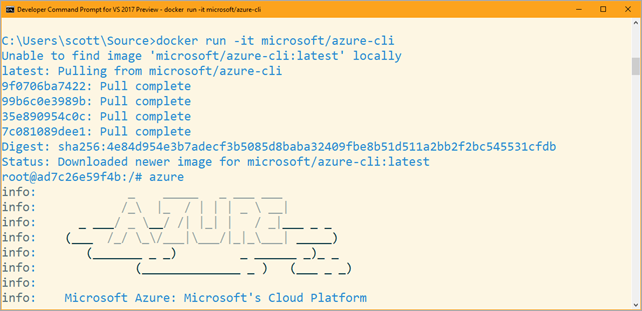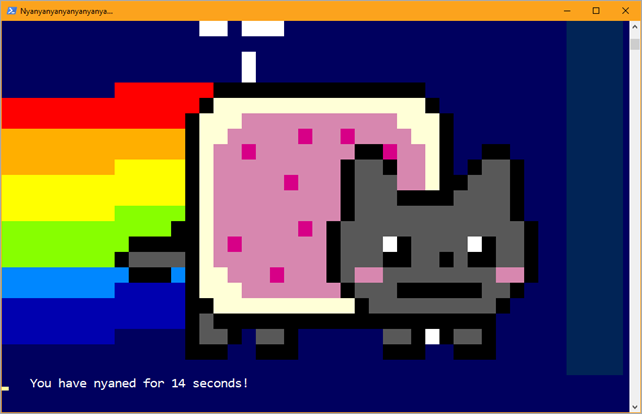Containers are lovely, in case you haven't heard. They are a nice and clean way to get a reliable and guaranteed deployment, no matter the host system.
If I want to run my my ASP.NET Core application, I can just type "docker run -p 5000:80 shanselman/demos" at the command line, and it'll start up! I don't have any concerns that it won't run. It'll run, and run well.
Some containers naysayers say , sure, we could do the same thing with Virtual Machines, but even today, a VHD (virtual hard drive) is rather an unruly thing and includes a ton of overhead that a container doesn't have. Containers are happening and you should be looking hard at them for your deployments.

Historically on Windows, however, Linux Containers run inside a Hyper-V virtual machine. This can be a good thing or a bad thing, depending on what your goals are. Running Containers inside a VM gives you significant isolation with some overhead. This is nice for Servers but less so for my laptop. Docker for Windows hides the VM for the most part, but it's there. Your Container runs inside a Linux VM that runs within Hyper-V on Windows proper.

With the latest version of Windows 10 (or 10 Server) and the beta of Docker for Windows, there's native Linux Container support on Windows. That means there's no Virtual Machine or Hyper-V involved (unless you want), so Linux Containers run on Windows itself using Windows 10's built in container support.
For now you have to switch "modes" between Hyper V and native Containers, and you can't (yet) run Linux and Windows Containers side by side. The word on the street is that this is just a point in time thing, and that Docker will at some point support running Linux and Windows Containers in parallel. That's pretty sweet because it opens up all kinds of cool hybrid scenarios. I could run a Windows Server container with an .NET Framework ASP.NET app that talks to a Linux Container running Redis or Postgres. I could then put them all up into Kubernetes in Azure, for example.
Once I've turned Linux Containers on Windows on within Docker, everything just works and has one less moving part.

I can easily and quickly run busybox or real Ubuntu (although Windows 10 already supports Ubuntu natively with WSL):

More useful even is to run the Azure Command Line with no install! Just "docker run -it microsoft/azure-cli" and it's running in a Linux Container.

I can even run nyancat! (Thanks Thomas!)
docker run -it supertest2014/nyan

Speculating - I look forward to the day I can run "minikube start --vm-driver="windows" (or something) and easily set up a Kubernetes development system locally using Windows native Linux Container support rather than using Hyper-V Virtual Machines, if I choose to.
Sponsor: Why miss out on version controlling your database? It’s easier than you think because SQL Source Control connects your database to the same version control tools you use for applications. Find out how.
© 2017 Scott Hanselman. All rights reserved.
from Scott Hanselman's Blog http://feeds.hanselman.com/~/495817774/0/scotthanselman~Docker-and-Linux-Containers-on-Windows-with-or-without-HyperV-Virtual-Machines.aspx
Comments
Post a Comment